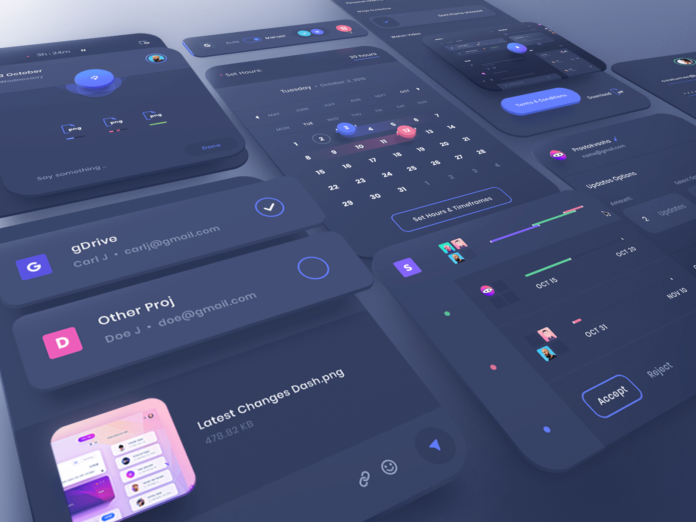Introduction:
In the ever-changing landscape of technology, user interfaces (UI) have played a crucial role in shaping our interactions with computers. From the early days of the command line interface to the modern graphical user interfaces (GUI), the evolution of UIs has revolutionized the way we interact with digital systems. This article explores the journey of user interfaces, highlighting key milestones and discussing the future beyond graphical interfaces.
The Era of Command Line Interfaces (CLI):
In the early days of computing, user interfaces were primarily text-based, relying on command line interfaces. Users had to enter specific commands to interact with the computer system. These interfaces were complex and required users to memorize commands and their syntax. The CLI era was characterized by a steep learning curve, limited interactivity, and minimal visual feedback. However, it laid the foundation for the development of more user-friendly interfaces.
The Advent of Graphical User Interfaces (GUI):
The breakthrough came with the introduction of graphical user interfaces (GUI) in the 1980s. Xerox PARC’s Alto computer and later Apple’s Macintosh popularized GUIs, featuring visual elements like icons, windows, and menus. GUIs offered a more intuitive and visually appealing way to interact with computers. Users could navigate through the system using a mouse and manipulate objects on the screen. The GUI era marked a significant shift towards user-centered design, enabling novices to use computers without extensive technical knowledge.
The Rise of Web-based Interfaces:
With the emergence of the internet and the World Wide Web, a new type of user interface took center stage—the web-based interface. Web browsers provided a platform-independent medium for accessing information and applications. HTML, CSS, and JavaScript became the building blocks for creating interactive web pages. Web interfaces brought unprecedented connectivity, allowing users to access services and content from anywhere with an internet connection.
Mobile Interfaces and Touchscreens:
The proliferation of smartphones ushered in a new era of user interfaces optimized for small touchscreens. Mobile interfaces introduced gestures, swipes, and taps as primary interaction methods. The rise of mobile apps led to the development of platform-specific UI guidelines, such as Apple’s iOS and Google’s Android, ensuring consistent experiences across devices. Mobile interfaces prioritized simplicity, efficiency, and mobility, catering to users’ on-the-go needs.

Natural Language Interfaces and Voice Assistants:
Advancements in artificial intelligence and natural language processing have paved the way for natural language interfaces and voice assistants. Systems like Apple’s Siri, Amazon’s Alexa, and Google Assistant allow users to interact with devices using spoken commands. These interfaces leverage machine learning algorithms to understand and respond to human language, making technology more accessible to a broader range of users.
Augmented Reality (AR) and Virtual Reality (VR) Interfaces:
The next frontier in UI evolution lies in augmented reality (AR) and virtual reality (VR) interfaces. AR overlays digital content onto the real world, while VR immerses users in simulated environments. These interfaces provide entirely new ways to interact with digital systems, blurring the line between the virtual and physical worlds. AR and VR have the potential to revolutionize industries such as gaming, education, healthcare, and design, offering immersive and interactive experiences.
Future Directions: Haptic Feedback, Brain-Computer Interfaces, and Beyond:
As technology continues to evolve, UIs are likely to become even more diverse and sophisticated. Haptic feedback, for example, can enhance interfaces by providing tactile sensations, making interactions more engaging and realistic. Brain-computer interfaces (BCIs) aim to directly connect the human brain with computers, allowing for seamless interaction through thoughts. These advancements hold the potential to revolutionize accessibility and redefine the ways we interact with digital systems.
Conclusion:
The evolution of user interfaces has come a long way since the command line interfaces of the past. From the introduction of graphical interfaces to the advent of web-based, mobile, and natural language interfaces, each milestone has brought us closer to more intuitive, immersive, and accessible interactions. Looking ahead, emerging technologies like augmented reality, virtual reality, haptic feedback, and brain-computer interfaces promise to shape the future of user interfaces, creating even more transformative experiences for users worldwide. As we continue to push the boundaries of technology, the evolution of user interfaces remains an exciting and ongoing journey.

